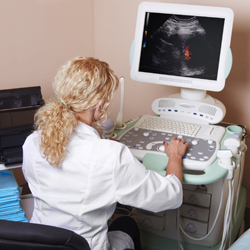Innovative endoscopic capsules
Endoscopy constitutes a highly evolving field that allows physicians to look into patients’ hollow cavities, including the entire digestive tract. Traditional endoscopes consist of an image fibre connected to a camera that records images inside the body. However, re-use of endoscopes and inefficient sterilising procedures can cause life-threatening infections. Additionally, the invasive nature of the endoscopic procedure makes it an uncomfortable experience for the patient and hampers its widespread use. To overcome these limitations, the EU project ‘Endoscope capsule using ultrasound technology’ (TROY) developed a non-invasive, innovative diagnosis system for detecting superficial cancer and premalignant lesions in the gastrointestinal tract. To achieve this, project partners utilised ultrasound technology capable of creating 3D computer images. More specifically, a wireless ultrasound endoscope capsule (UEC) was linked to a sensor network that received ultrasound and position information and to a recorder device for storing examination data. The patient swallowed the UEC which travelled through the gastrointestinal tract by natural peristalsis movements while transmitting the ultrasound data to a computer device. Software used that data to reconstruct a 3D image of the digestive tract, allowing the physician to diagnose potential problems. The TROY endoscopy system constitutes a very promising non-invasive approach of examining the entire gastrointestinal tract and detecting cancer early. Its application is expected to increase patient survival rate and quality of life.







